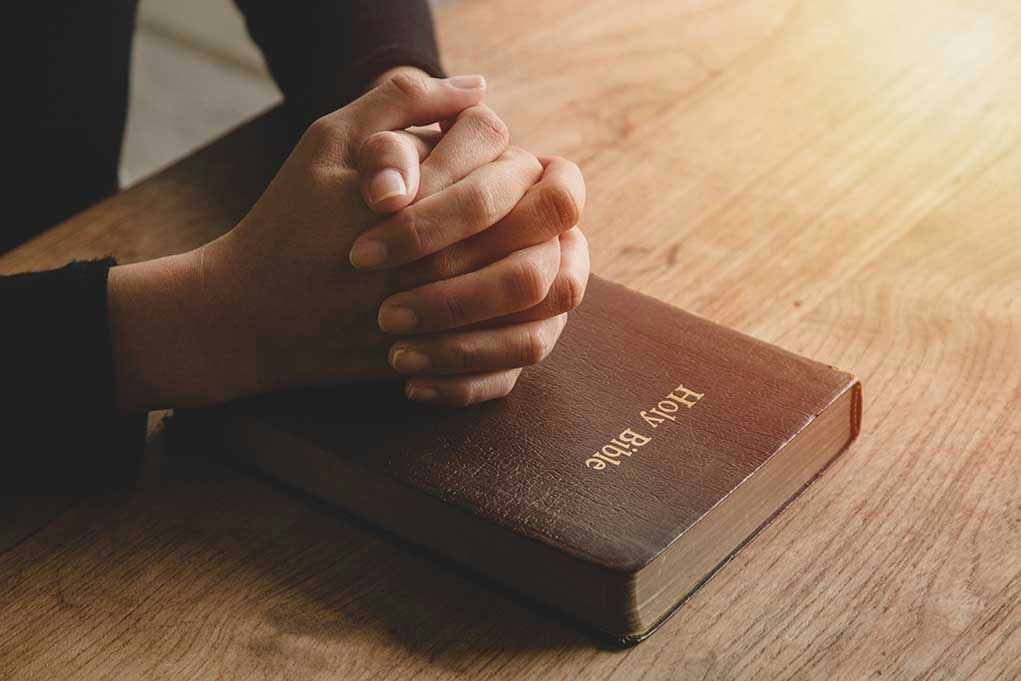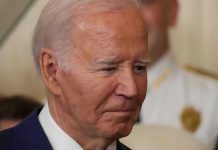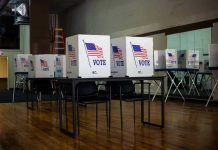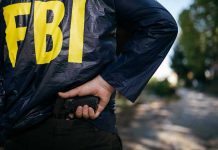
A premature baby in Rhode Island survived against all odds after a doctor prayed to a 19th-century priest, a miracle now officially recognized by Pope Leo XIV.
At a Glance
- Pope Leo XIV declares a miracle after a doctor’s prayer.
- A premature baby’s survival becomes a beacon of hope.
- The power of prayer stands at the center of public debate.
- Religious and secular communities continue to clash over public prayer.
A Miracle in Rhode Island
In a world where miracles often seem like relics of the past, Pope Leo XIV has declared the survival of a premature baby in Rhode Island a genuine miracle. The event unfolded when a local doctor, facing a dire prognosis for his tiny patient, turned to prayer, invoking the intercession of a 19th-century priest known for his healing powers. The unexpected recovery has reignited discussions about the power of prayer in modern times.
While some see this as a divine intervention, others view it as a heartwarming coincidence. The declaration by Pope Leo XIV has added layers to the story, transforming a personal triumph into a globally recognized event. The tale of faith, medicine, and the miraculous has captivated the public, offering a moment of unity in a world often divided by belief and skepticism.
The Power of Prayer in Public Life
Prayer has long been a staple of religious practice, yet its place in public life remains a hot-button issue. In the United States, debates over prayer in schools and government settings have persisted for decades. The First Amendment guarantees the right to religious expression while maintaining a separation between church and state. This delicate balance continues to spark legal and political battles, especially when it comes to public prayer.
Recent developments have intensified these debates. Legal battles over prayer at public events and outside facilities have divided communities. While some advocate for the freedom to express religious beliefs openly, others argue for strict separation to ensure inclusivity and prevent government endorsement of religion. The recognition of the Rhode Island miracle has added fuel to these discussions, highlighting the enduring power—and controversy—of prayer.
Stakeholders in the Debate
Various stakeholders play pivotal roles in shaping the dialogue around prayer in public life. Religious individuals and groups often push for expanded freedoms to practice and express their beliefs. Secular organizations advocate for the separation of church and state, safeguarding the rights of non-religious individuals. Government officials and courts are tasked with upholding constitutional boundaries, making key decisions that affect policy and public life.
Advocacy groups, such as the National Day of Prayer Task Force and the Interfaith Alliance, mobilize public opinion and influence legislation. These organizations often find themselves at odds, reflecting broader societal divides. As the story of the Rhode Island miracle unfolds, it underscores the complex interplay of faith, law, and public sentiment, with each side seeking to assert its vision of religious liberty.
The Road Ahead
The Rhode Island miracle and the broader discourse on prayer in public life have far-reaching implications. In the short term, legal and political attention will likely focus on cases involving prayer, particularly in contentious settings. Activism from both religious and secular groups is expected to intensify, as they seek to influence policy and public opinion.
Long-term, the evolution of legal precedents will continue to define the contours of religious expression in public spaces. As debates over religious liberty intersect with cultural and political divides, the potential for increased polarization looms. The miracle story serves as a reminder of the deep-seated values and beliefs that shape our communities, and the ongoing challenge of finding common ground.
Sources:
America First Policy Institute commentary on religious liberty
Interfaith Alliance statements on National Day of Prayer
White House executive order on anti-Christian bias (2025)
U.S. Department of Education guidance on prayer in schools











